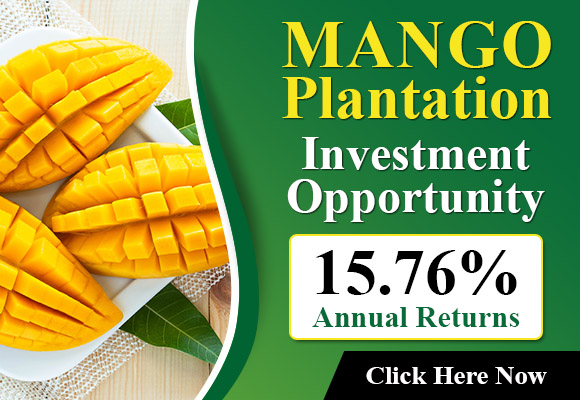“We have recorded an early start to the Torre Guaceto Fiaschetto tomato harvest. Although the quantity meets the average, the campaign will be shorter than usual due to intense heat and temperature fluctuations. We expect to finish in early August,” says Mario Di Latte, the commercial director of the Calemone farm in Serranova di Carovigno, Apulia, Italy.
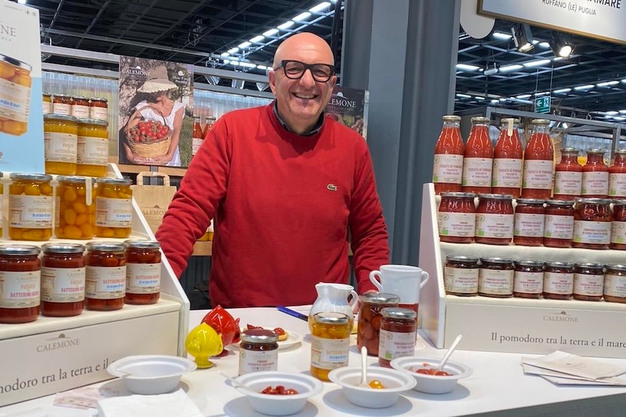 Mario Di Latte, commercial director of the Calemone farm
Mario Di Latte, commercial director of the Calemone farm
The 50-hectare Calemone farm is dedicated to olive groves and vegetables. It has one hectare of greenhouses and a nursery.
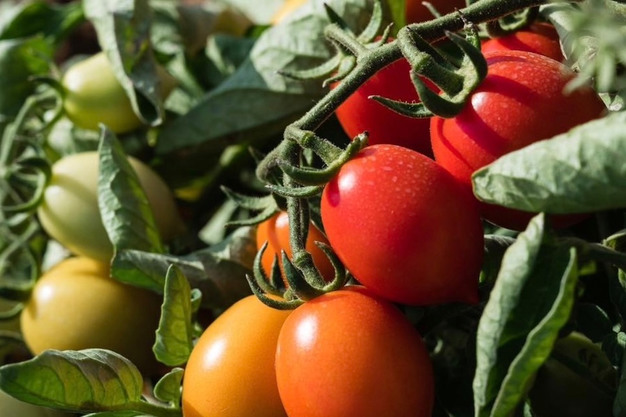
Di Latte recalled that in the past, Fiaschetto tomatoes used to be transplanted on St. Joseph’s Day (19 March) and harvested on St. John’s Day (24 June), merging the spiritual and worldly realms. These ancient traditions have since disappeared, and the plants are now transplanted in April due to climate change. However, the Fiaschetto sauce is made only with the harvest from the first transplanting.

The initiative to dignify this berry involved developing a brand identity, drafting a production specification, and collaborating with Slow Food Italy and an ecological certification board. In the 1970s, the local tomato was at risk of being replaced by more profitable and climate-resilient hybrid varieties. Its cultivation and harvesting costs were high, and its production volumes were limited, making it less profitable than modern hybrid sauce tomatoes.
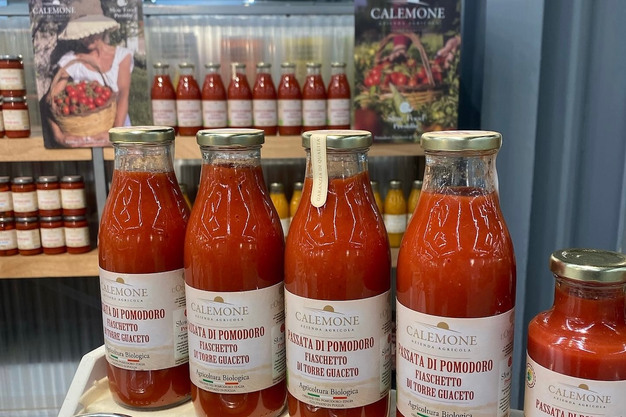
“Above all else, today’s consumer is looking for a natural and identifiable product,” emphasizes Mario Di Latte. “They want a product that is processed with locally sourced raw materials. Certified organic production reassures consumers. Pomodoro Fiaschetto di Torre Guaceto tomatoes are cultivated near the coastal area of Torre Guaceto. The use of brackish water from surface wells gives these tomatoes their characteristic sour-salty flavor. These elements contribute to the tomatoes’ unique flavor, color, and fragrance, with the fruit reaching a sugar content of 7-8 degrees Brix.”
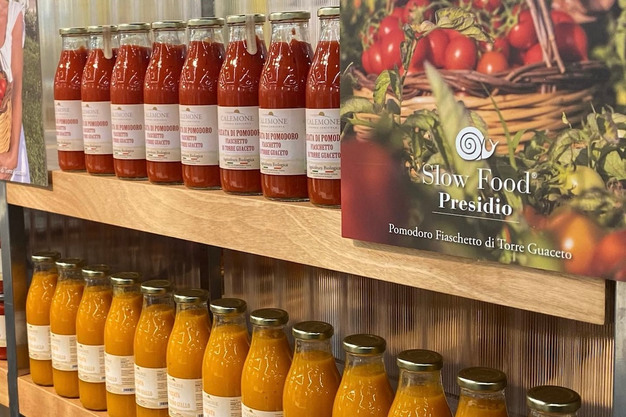
The tomatoes are harvested and sorted by hand in the field. Then, they are quickly washed, steamed, and blended to make a sweet, aromatic sauce. The average annual production is 250 tons, yielding approximately 250,000 packages of processed tomatoes. Another flagship product is the semi-dried tomato. The tomatoes are cut in half, slowly dried in an oven, and jarred with organic extra-virgin olive oil from the estate’s olive groves located within the Torre Guaceto Nature Reserve.
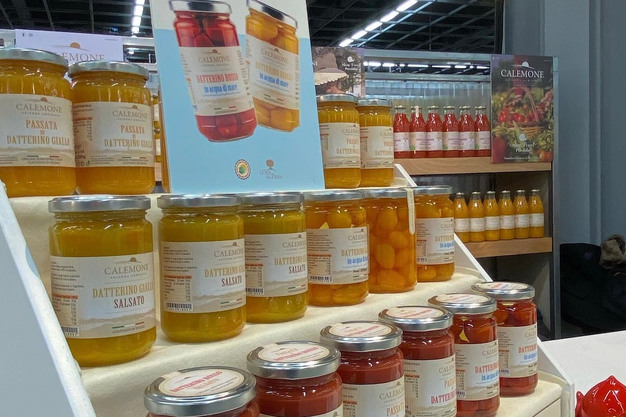
When it comes to foreign markets, Switzerland is the best for Calemone, with France and Germany following closely behind. Together, these markets account for 50% of the company’s total turnover. “Overall, the European market responds positively, especially to products in the medium-high range. In Italy, however, there has been a slight decrease in consumption due to families’ lower purchasing power. Foreign customers are very attentive and curious about the production processes that determine the quality of the final product. Our most popular products are still organic sauce and semi-dry tomatoes. We’ve added a third product to the mix: yellow datterino tomatoes processed in purified seawater, which contains all the minerals and trace elements that are good for the body.”
For more information:
Calemone Azienda Agricola
C.da Baccatani, 36
72012 Serranova di Carovigno (BR) – Italy
(+39) 392 5038975
(+39) 0831 555807
[email protected]
www.calemone.it
Source: The Plantations International Agroforestry Group of Companies
